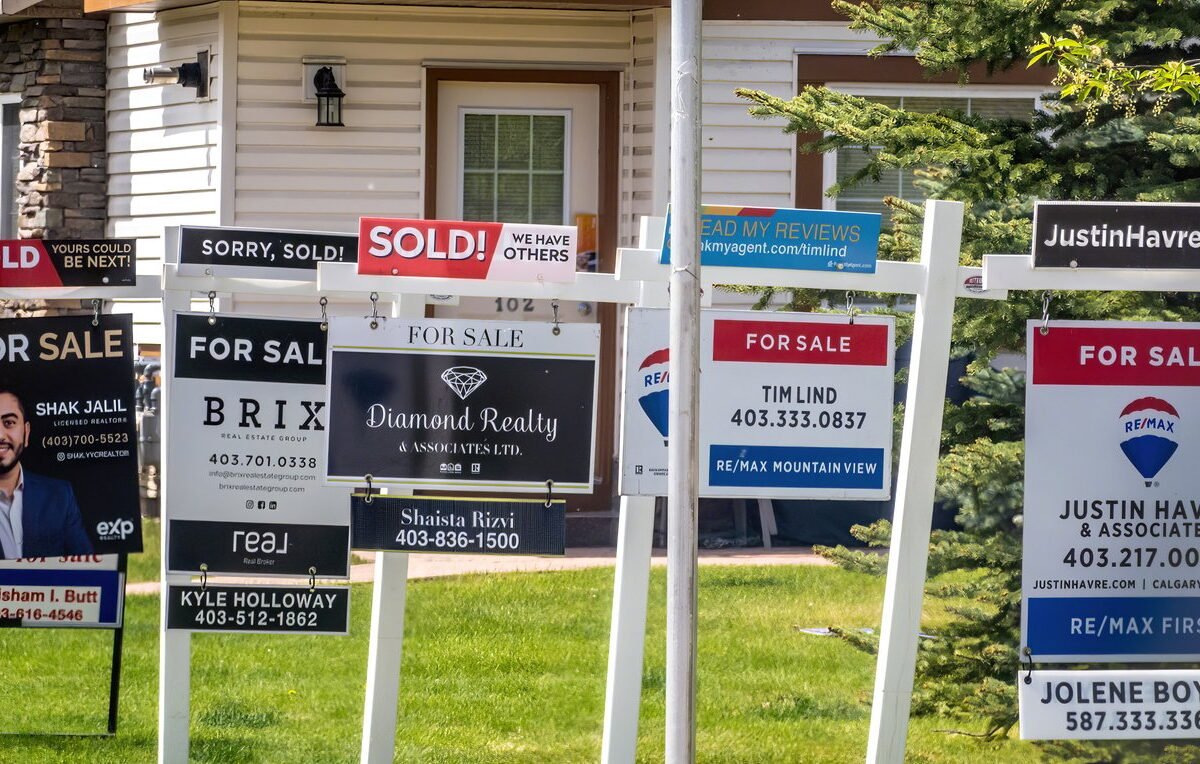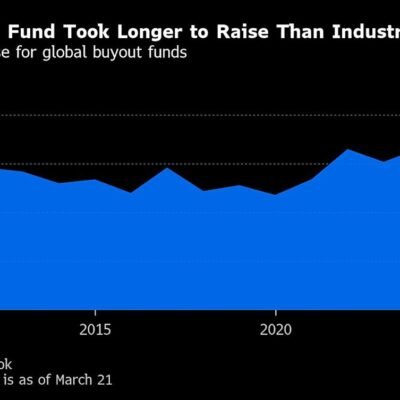As New Hampshire’s residential real estate market continues to trundle along — with an all-time high median price of $565,000 recorded in June for a single-family house — one spot of relief could be lower interest rates.
That’s what President Donald Trump and officials in his administration are advocating. But Susan Cole, president of the New Hampshire Association of Realtors, cautions: Lower rates from the Fed isn’t a guarantee of lower mortgage rates.
The Federal Reserve continues to keep rates relatively high as a hedge against inflation, especially as it relates to the tariff war the administration is waging. The last time the Fed dropped the prime rate, mortgage interest rates actually climbed, according to Cole.
“It is important to keep in mind that the Federal Reserve lowering Interest rates does not automatically translate to lower mortgage rates. In September of 2024, the Fed started to cut interest rates, but mortgage rates actually increased,” Cole said. “With that said, lower interest rates will undoubtedly have an indirect influence on mortgage rates over the longer term.”
Trump and his administration have been squeezing the Fed — and in particular its chairman Jerome Powell — to reduce interest rates as a way of igniting the economy. In April, Trump called Powell a “major loser.”
Federal Housing Finance Agency (FHFA) administrator Bill Pulte blames the Fed for the sluggish housing market, calling the inflation-tariff caution “a hallucination.” “That’s why we need the ‘Fake High Priest of the Fed’… to lower rates,’’ Pulte has said.
The pressure on the Fed and the discussion about interest rates come against the backdrop of a continuing housing supply and affordability crisis in New Hampshire, exacerbated by news that a median priced house here has reached $565,000, surpassing the previous record of $540,000.
The current average mortgage interest rate in New Hampshire for a 30-year fixed mortgage is currently around 6.75%, according to Bankrate. For a 15-year fixed mortgage, the average rate can get down as low as 5.75%.
Mortgage interest rates hit historic lows below 3% during the COVID pandemic thanks to Federal Reserve emergency measures. That — and the need by many out-of-staters to escape more crowded urban and suburban areas for more bucolic New Hampshire — helped spur a real estate buying splurge here, drying up supply and driving up prices.
So far in 2025, the rolling average 30-year mortgage rate has hovered around 6.5%, slightly lower than 2024’s 6.7%.
Mortgage rates are a key factor in the affordability of a home.
For example, take the 6.75% cited as the average current rate in New Hampshire and the new median price of $565,000.
Let’s say you manage to put down 20% ($113,000) on that $565,000 median priced house. That leaves $452,000 to finance. At 6.75% over 30 years, that’s $2,931.66 per month, almost $35,184 per year.
And that’s just the financing; that doesn’t include insurance and property taxes.
Less of a down payment (10%, say), makes the financing dramatically more expensive: $3,332 per month, at 6.75% for 30 years.
In the above scenario of 20% down, a 1.5 point reduction in the interest rate (to 5.25%) would mean $2,496 per month, about $30,000 a year, again without taking insurance or taxes into consideration. At 10% down, the monthly payment goes to $2,808.
Cole, owner/broker of Susan Cole Realty Group in Lebanon, points to the June market data as an indication that the state’s longstanding housing issues aren’t going away any time soon.
Combined with that high demand, low inventory continues to be the primary driver of the ongoing price escalation. While the number of homes for sale has increased incrementally for the past several years, it remains well below a healthy level.
There were 2,431 single family residential units on the market at the end of June. The last time New Hampshire saw a balanced housing market – October 2016 – 7,112 homes were for sale. That’s a 66 percent decline in that time.
“Yes, there are more houses on the market than there were a few years ago, but it’s very important to keep that in context,” Cole said. “You don’t get the full picture unless you look back 10 or 15 years and compare this to a healthy market.”
According to Cole, the National Association of Realtors predicts mortgage rates will average 6.4% in the second half of 2025 and 6.1%in 2026. “For consumers, that can mean hundreds of dollars less in a monthly payment,” she noted.
But lower rates also have a flip side.
“Consumers should remember that lower mortgage rates can also bring more buyers into the market. With more buyers searching for limited inventory that could push prices in some areas higher. They might have a lower mortgage rate but on a higher priced home,” Cole said.
Current homeowners with locked-in rates from the COVID era aren’t keen on giving those up for higher rates.
“Another factor keeping consumers from selling is the mortgage lock-in effect, meaning consumers who do not want to give up their existing low mortgage rate on their current home. The lock-in effect should steadily go away over time,” Cole said.
“The effect becomes less strong when mortgage rates head lower and the number of homes with those 3- to 4% mortgage rates decreases as life changing circumstances lead to more listings due to death, retirement, job changes, school changes, marriages, divorces and other life-changing circumstances,” she added. “Hopefully, that will contribute to more inventory and therefore more affordable housing options.”
Various national associations have made their predictions of where they think mortgage rates will go in the months ahead.
Eric Lynch, economist at the National Association of Home Builders, said: “While it will not be smooth, NAHB anticipates the 30-year mortgage rate to average around this rate by the end of 2025, and just above 6% by the end of 2026.”
Lawrence Yun, chief economist at the National Association of Realtors, says “mortgage rates can go down with a Fed rate cut if inflation is under control. But it’s not going to go down to 4% mortgage rate conditions because we have a huge national debt. It cannot go to 4%, and it cannot go to 5%, but it can go to 6% with the Federal Reserve rate cuts and calmer inflation.”






